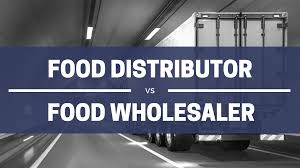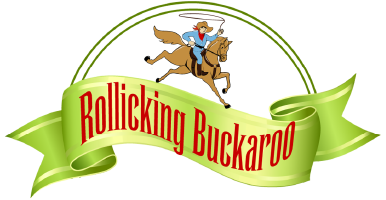
Understanding Foodservice vs. Wholesale for Rollicking Buckaroo: Differences and Similarities
Share
When building a brand like Rollicking Buckaroo Pepper Jam & Seasoning Blends, it’s important to understand the unique opportunities—and challenges—that come with selling into foodservice and wholesale. Both channels are crucial for growing a specialty food business, but they operate a little differently. Here’s a quick look at how they compare when it comes to Rollicking Buckaroo.
How They're Different
1. Customer Expectations
Foodservice:
In foodservice, Rollicking Buckaroo becomes part of someone else’s menu. Chefs, restaurants, caterers, and foodservice distributors want a reliable, versatile product they can use across multiple dishes. They expect consistency, cost-efficiency, and ease of use (for example, larger formats, or easy-to-scoop containers).
Wholesale:
Wholesale typically means selling to retailers (like specialty grocers, gift shops, or farm stores) who then sell Rollicking Buckaroo to the end consumer. Here, the product’s branding, story, shelf appeal, and consumer packaging (jars, labels, UPC codes) become critical. Buyers look for unique, high-margin items their customers will love.
2. Packaging Needs
Foodservice:
Foodservice often prefers bulk sizes (half-gallons, gallons, or foodservice tubs) instead of retail jars. Sometimes it also requires labeling that highlights allergens, storage instructions, or portioning information.
Wholesale:
Wholesale packaging needs to be retail-ready. That means attractive jars, tamper-proof seals, barcodes, nutrition panels, and strong branding that grabs attention on crowded shelves.
3. Sales Cycle
Foodservice:
Foodservice sales usually involve direct meetings with chefs, purchasing managers, and distributors. Building trust and offering samples is key. It can take longer to land an account, but once a kitchen starts using your product, they typically reorder in larger, ongoing quantities.
Wholesale:
Wholesale accounts often move faster. Buyers are looking to refresh shelves with new products seasonally or quarterly. Minimum order quantities are smaller than foodservice, but placement can open the door to retail exposure and brand loyalty among consumers.
How They're Similar
1. Both Need Great Product Quality
Whether it’s a chef or a store buyer, everyone is looking for one thing first: quality. Rollicking Buckaroo’s consistent flavor, color, and texture make it attractive across both markets. No one wants a jam that’s runny one time and thick the next.
2. Relationships Matter
In both foodservice and wholesale, the personal connection matters. Sampling, follow-up, education, and support are essential. Buyers in both spaces appreciate partners who make their jobs easier—through training, promotional materials, or simple reordering processes.
3. Storytelling Sells
The Rollicking Buckaroo story—award-winning, small-batch, big flavor—resonates with both chefs and retail customers. Sharing the story behind the brand, the ingredients, and the passion is a major selling point in both channels.
Conclusion
While foodservice and wholesale offer different paths to market, both are vital to growing the Rollicking Buckaroo brand. Understanding their unique needs—and where they overlap—means tailoring the right approach for each.
The real magic?
Rollicking Buckaroo fits naturally into both worlds. Whether it's inspiring a signature dish at a restaurant or creating a must-have jar in a local specialty store, it's the kind of product that makes people come back for more.
